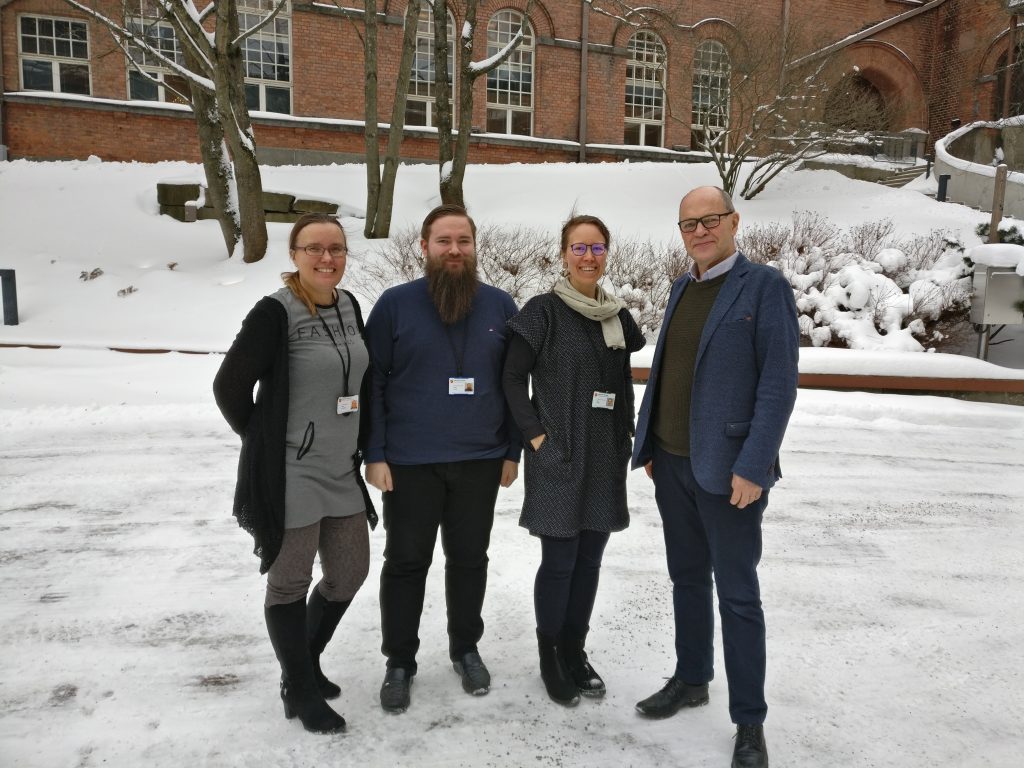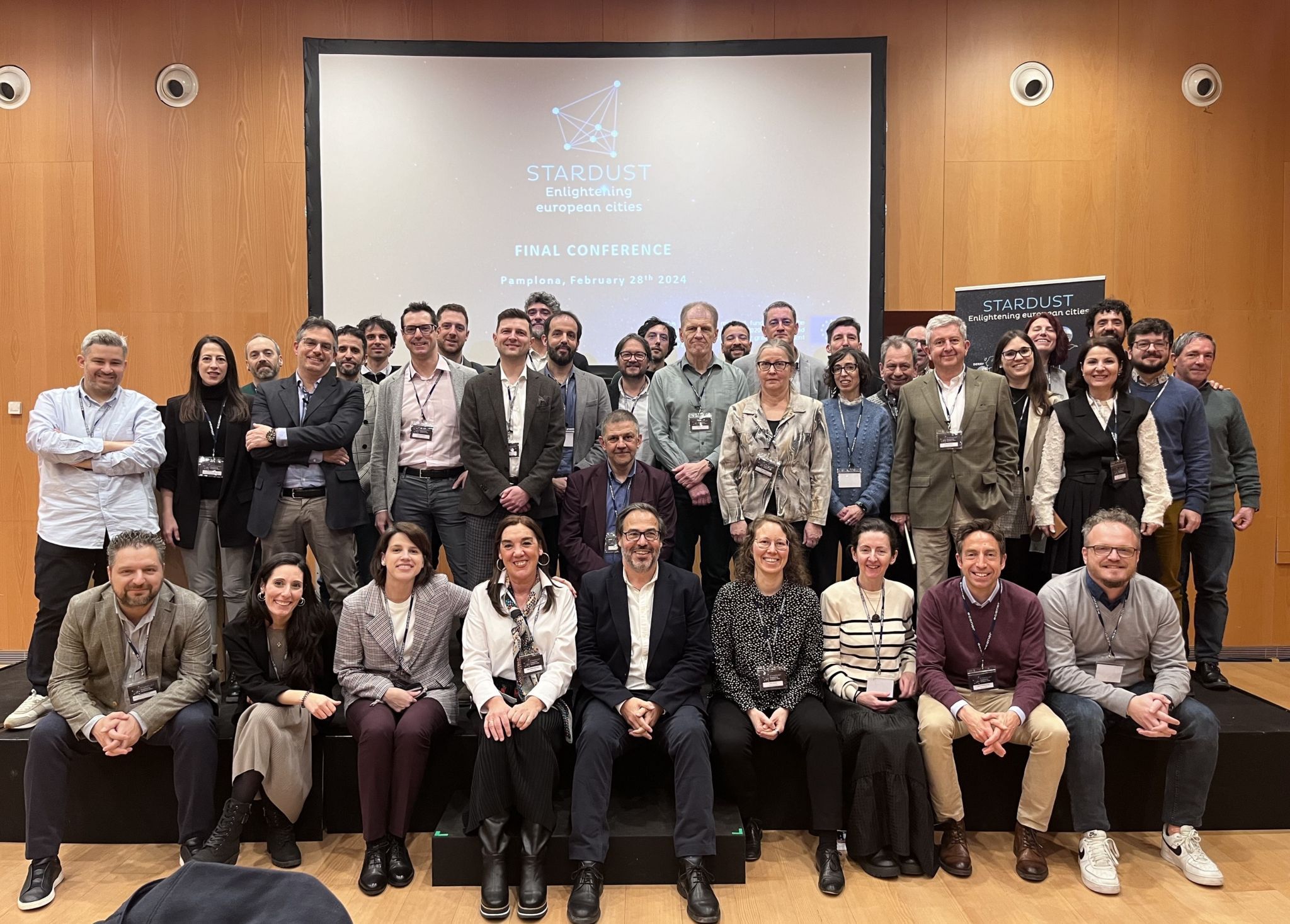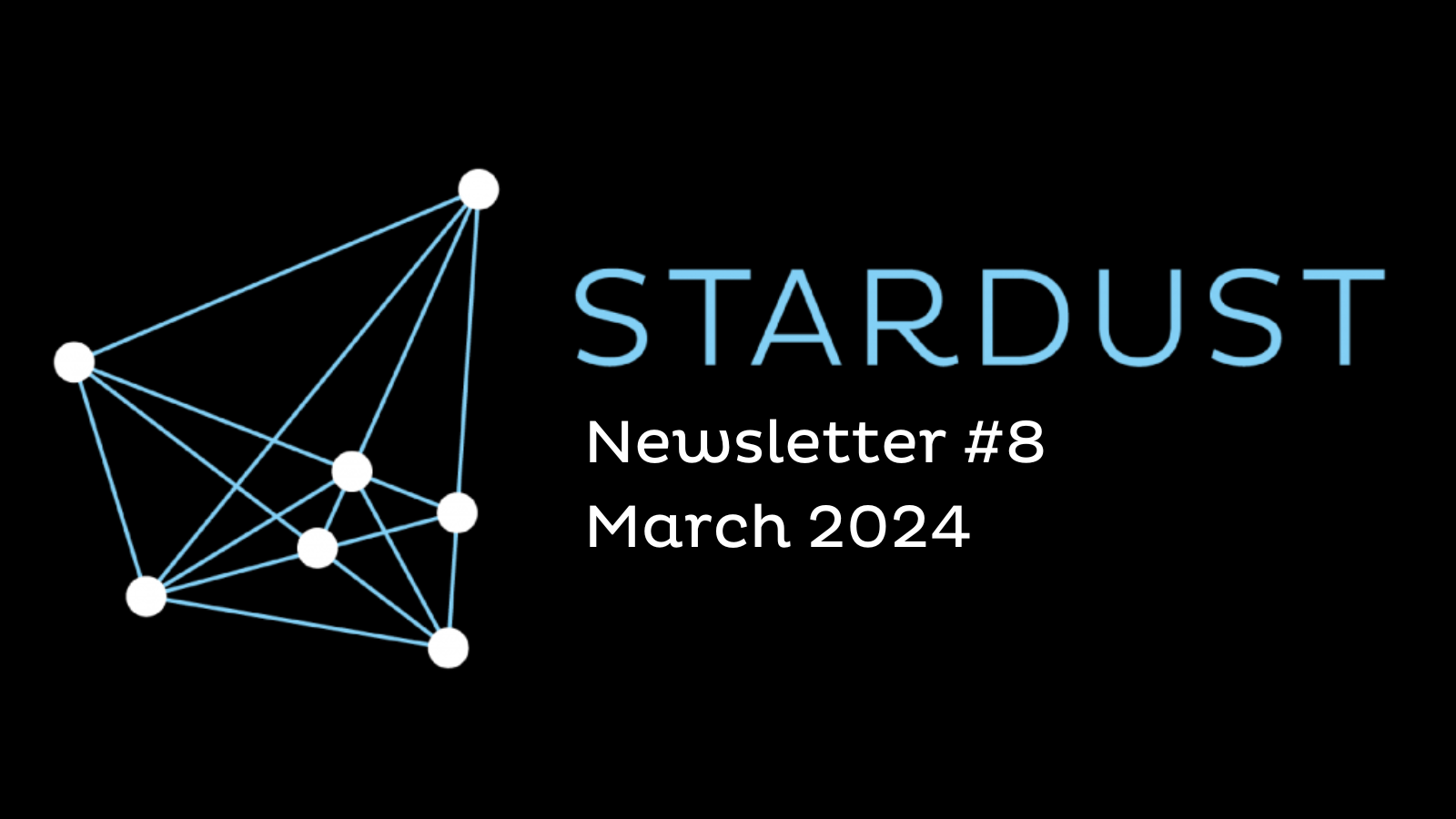Abroad, Finland is often perceived as free from environmental issues. Not a bad reputation!
Thanks, this is nice to hear… but not correct, of course! Think of traffic, for example. It is causing problems here in Tampere, mainly due to the fact that many citizens choose to drive their own car rather than taking the bus or driving their bike. On top of that, the city centre is located between two big lakes, which makes travelling around challenging. As you can see, we also have our own challenges!
True, and traffic is actually a very common challenge worldwide. How do you tackle it?
For sure, the new tram under construction will change the situation when it starts to operate in 2021. But that is just one example, as we are developing and testing plenty of other technical solutions. E-buses, e-charging, robot buses, city bikes, smart lighting, solar power and smart grid, City IoT platforms for open data and AI solutions will be introduced also thanks to our work in STARDUST.
And do you already have an estimate of the benefits from these solutions?
Yes, we have. For example, in STARDUST our partners Enermix and Tampereen Sähkölaitos, the local Power Utility, have developed a service that allows citizens to pay less for district heating. Residents can use the demand-response service to monitor and control their district heating consumption and costs. Measurements from last winter showed that even 10% lower consumption is possible by using this service.
That sounds interesting. But technology alone is not enough. If no behavioural change occurs, this development will be basically useless.
We totally agree. It is important to test and develop new solutions, and cities must join the process and lead the way. But it’s not just about technology, it’s about people. We all should change our behaviour to tackle climate change and other challenges – and that is the biggest challenge, as it requires everyone’s participation.
Indeed, and that is difficult because our society consists of multiple players with different needs.
It is difficult, no doubt about it. Citizens, industry and government have different and sometimes competing interests. But if we wish to enable environmental changes and develop better services, there is no other choice. It is important to have new kinds of cooperation and the city needs to work as a partner in ecosystem. This is what we call the Quadrupole Helix model, which leverages on city, companies, universities and people working together.
But are people in Tampere proactive when it comes to smart cities?
What we can say is that Tampere is renowned for its active role in developing innovation environments, and recently as a forerunner of open innovation platforms. The city has indeed become a natural innovation laboratory for citizens in their everyday milieu.
And how does Tampere compare with other cities in Finland? Is it “smarter”?
A lot of effort has been and will be put into making smart and sustainable cities in Finland in general. However, we have heard that Smart Tampere´s reputation is well-known abroad and we are in some aspect ahead. For example, our city has the first 5G test network in Finland and world’s first 5G network call was made in Tampere last June.
You mentioned Smart Tampere, the local innovation programme you have launched. What is it exactly?
Smart Tampere is a strategic programme for years 2017-2021 that drives digitalization and sustainability through ecosystem development. It aims at speeding up business activity and strengthening smart ecosystems in several themes like industry, ICT, health, education, building and energy. It consists of three parts: Digitalization program, Ecosystem program and Sustainable Tampere 2030 program. They all have their own leaders and teams, but they co-operate in various ways towards the common goal of making Tampere carbon neutral by 2030.
Becoming carbon neutral by 2030 would be a major result. How will this be achieved?
Change needs to happen in all emission sources, in space heating, transport, electricity consumption, industry and machines, waste management and agriculture. Tampere has made a Climate action roadmap that aims at changing the current situation.
A transition from fossil fuels to renewables energy must be a key part in the roadmap.
Absolutely, and in fact it’s at the core of our district heat production. Almost 90% of houses belong to the district heating grid. But we also need to make the building sector more energy-efficient. With that said, the biggest challenge is probably to decrease the emissions in traffic sector, as we said before. Let’s hope our interventions will help make people’s mobility habits more sustainable!


